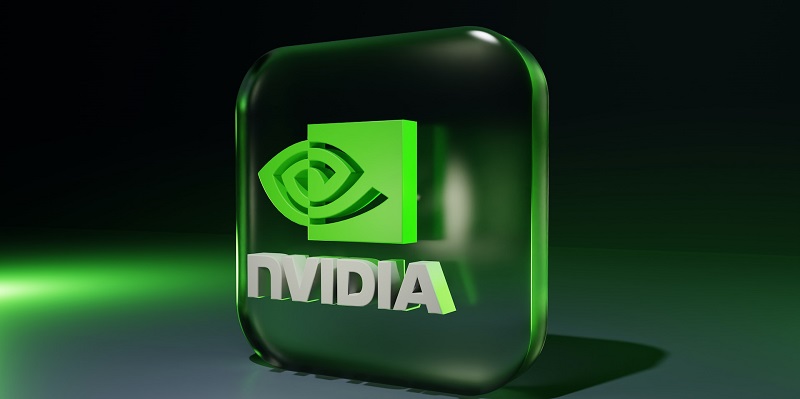Nvidia, a leading technology company renowned for its advancements in artificial intelligence (AI), recently surprised the industry by reversing its original plan for a two-year product release cycle. Instead, the company announced an accelerated release schedule, increasing the frequency of updates to yearly intervals. This strategic shift aims to solidify Nvidia’s dominance in the highly competitive field of AI hardware.
Nvidia’s Accelerated Release Schedule
Recognizing the need to keep up with rapidly evolving technologies and maintain its edge over competitors, Nvidia made the bold decision to accelerate its product release schedule. The company seeks to stay ahead of the rapidly changing AI landscape and meet the ever-growing demands of its customer base.
The Roadmap: From Two-Year Rhythm to One-Year Rhythm
Nvidia’s new roadmap boldly declares a shift in its product launch cadence. The once two-year rhythm has transformed into a more dynamic one-year rhythm. This change signifies Nvidia’s determination and commitment to ensuring its customers have access to the latest technological advancements without unnecessary delays.
The H200: Refreshing the AI Training Standard
One significant product in NVIDIA’s accelerated release schedule is the eagerly anticipated H200. Considered a “refresh” of the successful H100, the H200 is expected to set a new benchmark in AI training. The H100 has long been hailed as the gold standard in AI training, and its successor promises even greater performance and efficiency.
The Grace Hopper GH100 and Beyond
In addition to the H200, Nvidia’s product roadmap highlights the upcoming release of the Grace Hopper GH100 “super chip.” This innovation is expected to continue Nvidia’s trajectory of advancing AI capabilities. Following the GH100, Nvidia plans to introduce the GH200, GB200, and GX200 by 2025. By unleashing these groundbreaking products, Nvidia aims to maintain its position at the forefront of AI hardware innovation.
Comparing with previous roadmaps, Nvidia’s earlier roadmap outlined the arrival of “Hopper Next” in 2024 and “Grace Next” in 2025. However, the company has now moved up these launches to ensure it stays ahead of its competitors. By accelerating the release of these next-generation products, Nvidia intends to maintain its lead in the industry and establish itself as the go-to choice for AI hardware solutions.
Nvidia’s strategy to maintain its industry lead is to accelerate the release schedule. This decision is strategic and forward-thinking. Currently, there is a high demand for Nvidia’s products which surpasses the supply, leading to inflated prices. This scarcity could prompt companies to consider other options, such as developing custom silicon or turning to competitors. To prevent customer migration, Nvidia plans to diversify its portfolio and increase the frequency of product launches. This will ensure a more enticing selection of cutting-edge solutions.
Nvidia’s decision to accelerate its product release schedule from a two-year rhythm to a one-year rhythm signifies the company’s commitment to maintaining its industry dominance. By continuously introducing groundbreaking advancements, like the H200 and Grace Hopper GH100, Nvidia strives to stay miles ahead of its competitors. Moreover, this strategic move safeguards Nvidia’s position in a market where demand for AI hardware outstrips supply. By diversifying its portfolio and increasing launch cadence, Nvidia aims to satisfy existing customers while attracting new ones, solidifying its position as the leader in AI hardware innovation.

